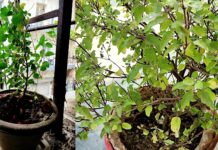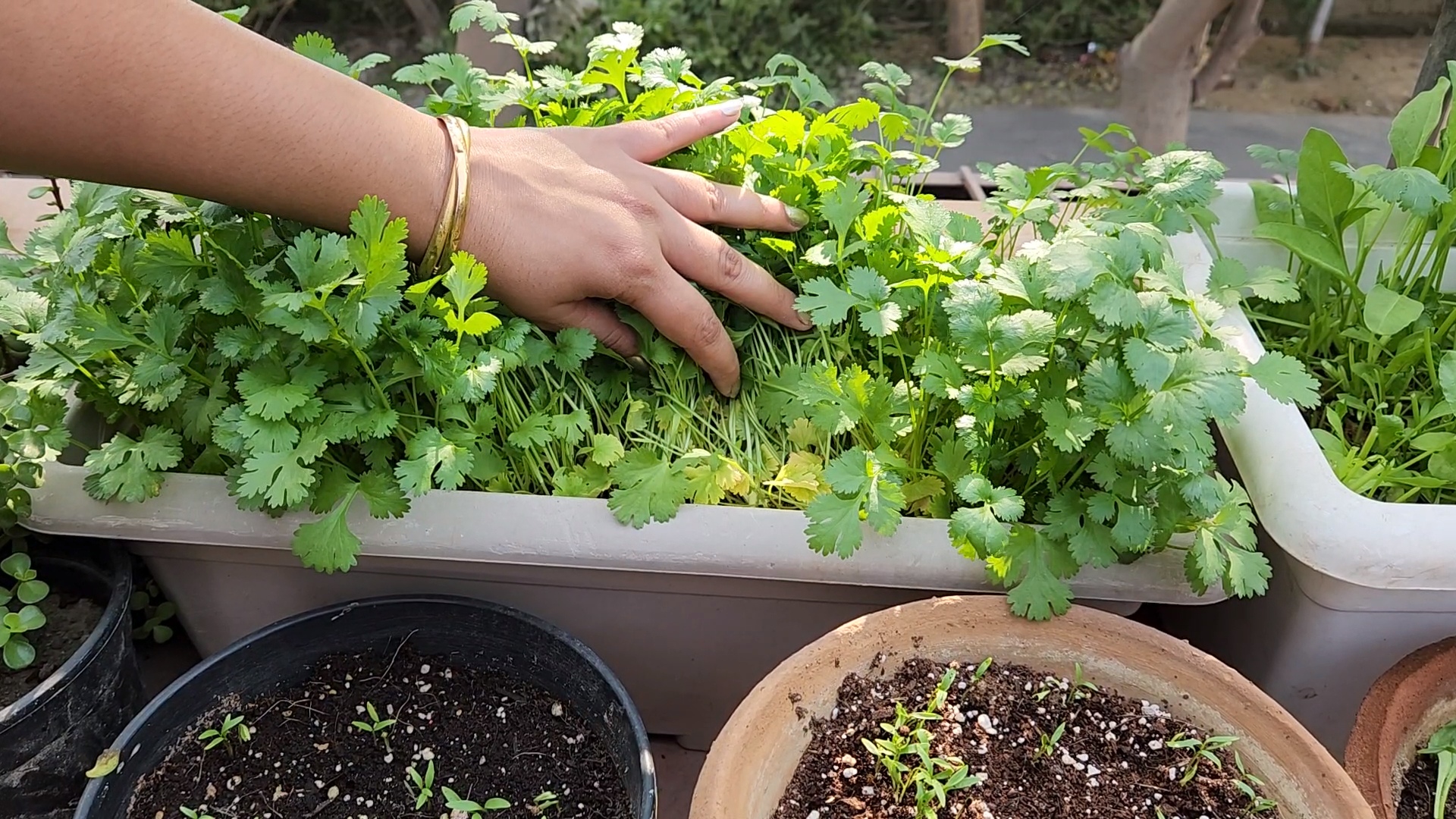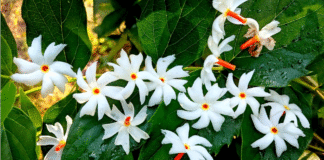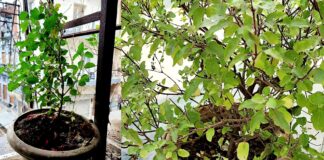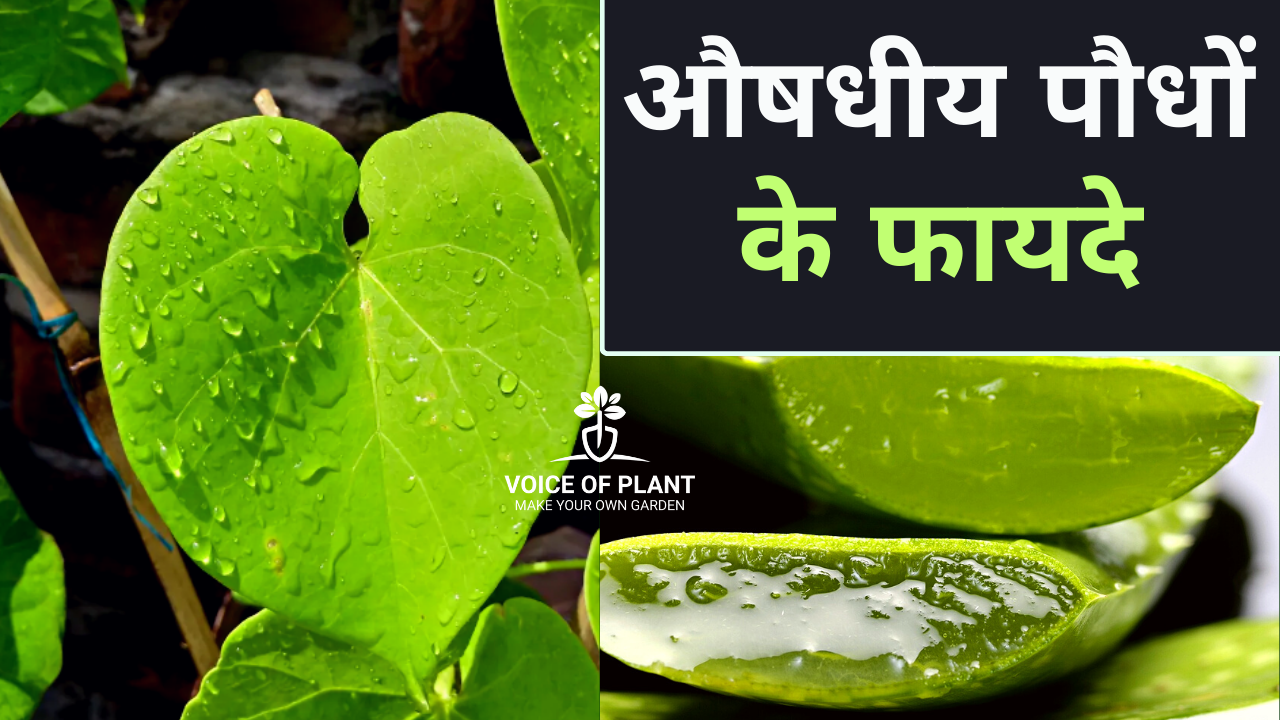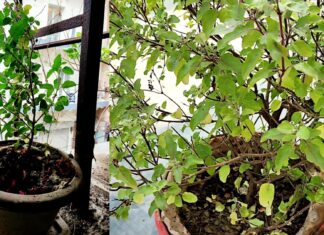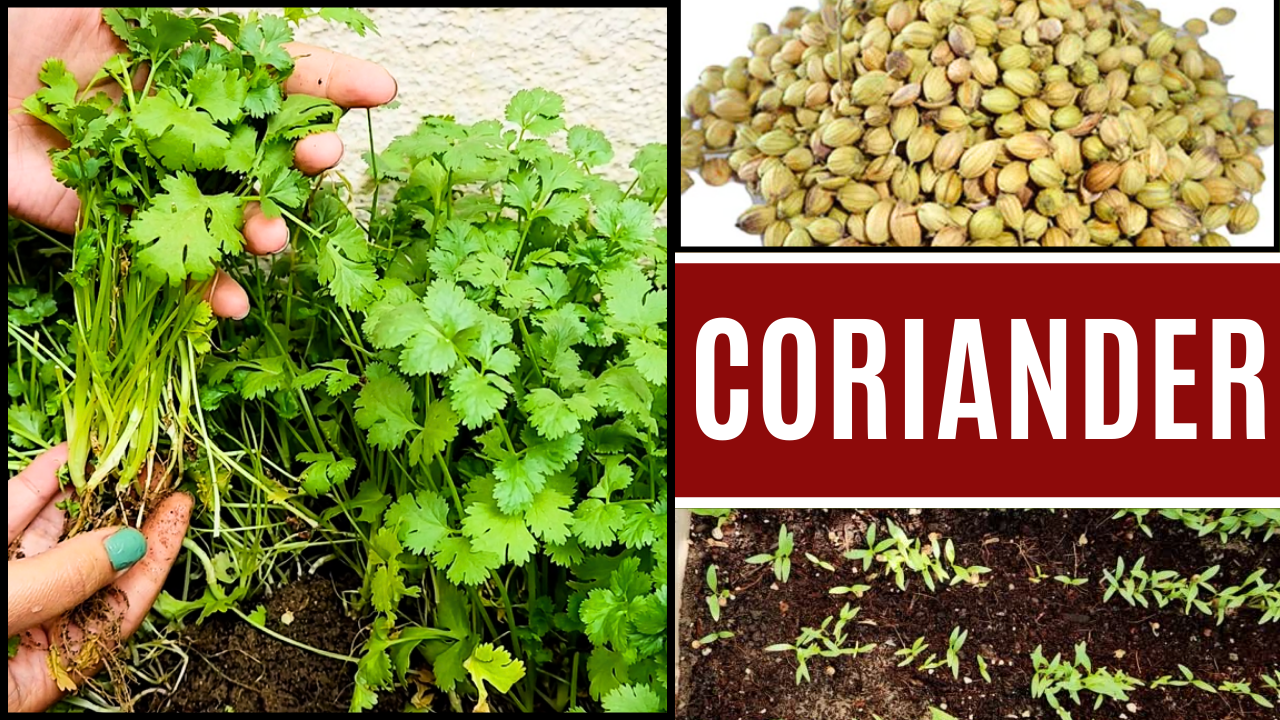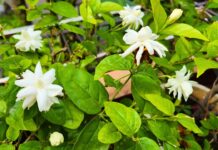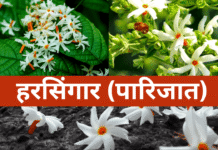Mogra Plant Not Flowering?: After the scorching summer, monsoon is the best season for the growth of the mogra (Jasmine) plant. Though it is a summer plant, mogra struggles even in extreme heat and thrives best during the rainy season.
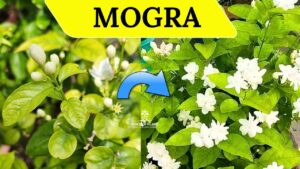
However, if your mogra (Jasmine) plant is not flowering even during the monsoon, it needs immediate care and attention.
In this article, I have discussed all the ways to revive the mogra (Jasmine) plant and help it bloom profusely – from soil and sunlight to fertilizers, pruning, and organic treatments.
Mogra Plant Not Flowering?
Common Problems in Mogra Plant (Jasmine)
Before moving on to the treatments, let’s understand the common issues that can affect your Mogra plant:
- Branches are not growing.
- No flowering.
- Buds are not forming.
- Buds are forming but not blooming.
- Leaves are turning black and drying up
- Lack of fragrance in flowers.
- Overall growth is not visible.
Note:
- If your Mogra is showing any symptoms, now is the time for a revival.
- Timing is key: The treatment should be done only after the first rainfall of the monsoon. Do not do this in summer or any other time of the year.
How to make Mogra flower
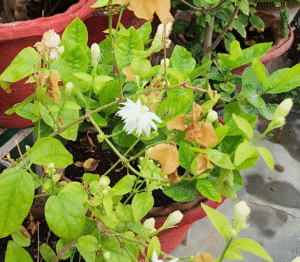
1. First Step: Start with a Complete Inspection After First Rain
Start observing your plant as soon as the first rains arrive.
- Note its current condition and growth level—how much it has grown in the last 3-4 months.
- Usually, Mogra (Jasmine) stops blooming in extreme temperatures.
So, what I have done?
- During extreme heat – I have shifted my plant in a place where it gets only 2-3 hours of soft morning sunlight.
Remove unwanted plants:
Check if there are any plants, herbs or weeds growing in the same pot.
- Often, weeds or unwanted herbs start growing in the same pot, which steals nutrients from the soil and badly affects the growth of the main plant.
- If you notice any such growth, carefully remove those plants.
In my case, a Ajwain (Mexican mint) plant was also growing in the same pot as the jasmine plant, which affected the jasmine’s growth. So, I removed the Ajwain plant immediately.
2. Second Step: Check Pot Size, Roots & Soil Condition

Check roots of your Mogra plant for any root bound condition: If the roots are too dense and are tightly tangled than the pot is small for the plant. In such a case, the plant will not grow properly.
What you have to do?
- Gently take the plant out and prune the roots.
- Repot in a slightly larger pot.
Note:
- The monsoon season is also a good time for pruning, including hard pruning and root pruning.
- If you missed doing this work in February (during the spring season), you can do it now during the monsoon.
3. Third Step: Improve the Soil
During repotting, enrich the current soil by mixing following ingredients:
- add ½ kg of compost (vermicompost),
- add 100g used tea leaves and
- add 100g seaweed granules (seaweed is rich in micronutrients, enhancing flowering, fragrance, and leaf color)
- mix all the ingredients well and water the plant thoroughly.
4. Fourth Step: Prune the Plant for Better Growth
Pruning of mogra plant: On the same evening, prune the plant moderately from the base to encourage thicker and healthier branch growth. This promotes a bushier and dense growth and helps in producing more flowers.
Mogra care in monsoon: Apply a fungicide: Since the chances of fungal infection increase during monsoon, it is important to apply fungicide on all the cut parts after pruning. This prevents disease and keeps the plant healthy.
Note:
- Make sure all the above steps—soil mix, pruning and fungicide application should be done in the evening only for best results and to reduce plant stress.
5. Day 5: Apply Epsom Salt Spray
After 5 days of soil change – apply Epsom salt to help restore the color of faded leaves.
- Mix 20gm of Epsom salt in 2-litres of water.
- Mix it thoroughly, and spray the solution on the leaves and pour some into the soil.
Note:
- Epsom salt is particularly effective when the plant shows signs of chlorosis (yellowing of leaves), which often occurs due to intense sunlight exposure.
- It restores green color, strengthens the plant, and even repels snails commonly found in rainy season.
Note: Skip this step if your plant leaves are healthy and green.
Before using Epsom Salt, check here:Benefits & Uses of Epsom Salt for Plants
6. Day 12: Fertilize with Groundnut & Neem Cake
Do this step, after 7 days of adding Epsom Salt.
For lush greenery and bud formation:
- Organic Fertilizers for Mogra – A highly effective combination is a mix of groundnut cake fertilizer and neem cake fertilizer.
- Soak a handful of groundnut cake and a small quantity of neem cake in 1 litre.
- Let this soak and ferment for 24 hours.
- Dilute with 5 litres of water and apply generously until the excess drains out from the bottom.
- This combination boosts nitrogen, supports strong foliage, and keeps pests away during the monsoon.
- If your mogra is young (under 7 months), use neem cake in very small amounts.
Note:
- It’s now the 12th day since the initial pruning, and you’ll notice that your plant has begun to recover on its own.
- With proper care, it will produce plenty of blooms throughout the monsoon season.
Before adding any fertilizer, make sure your soil is well-draining and rich in nutrients. Check here: Best Soil mix for Jasmine Mogra plant
7. Day 19: Apply Banana Peel Liquid Fertilizer
Do this after 7 days of giving Groundnut & Neem Cake – It’s time to nourish the plant with banana peel liquid fertilizer.
- Soak banana peels in water for a few days to allow the nutrients to infuse, and then use this liquid to water your plant.
- It adds essential minerals, improves flowering, and supports overall plant health.
After 7 days, apply banana peel fertilizer. If you’re unsure about fertilizing, read this post on: When and How to give fertilizers to Jasmine plant
8. Day 26: Use Borax Carefully for Flower Boost
After 7 days of Banana Peel fertiliser – the next step is to give your plant borax, which is a completely organic supplement and easily available at most general shops.
Note:
- Borax is particularly useful when your plant has formed buds and you want to encourage abundant flowering.
But be very cautious:
Use less than 1 spoon in 1 litre of water.
Pour it only into the soil.
Do not spray on the leaves or buds.
Do not repeat often.
You’ll start noticing more blooms and fragrant flowers within days.
9. Additional Flowering Tips for Mogra (Jasmine)
- When the plant starts flowering, make sure to pinch off the old blooms to encourage new growth.
- Feed the plant with any one fertilizer every 15 days, using a rotation system—this can include seaweed extract, banana peel fertilizer, onion peel liquid, cow dung fertilizer, mustard cake liquid, or kitchen compost tea.
- Keep the plant in an open area (balcony, terrace) for good airflow and indirect sunlight during monsoon.
This is a complete guide to reviving and caring for an old mogra plant, especially during the monsoon season. With proper care and timely feeding, your plant will thrive and bloom beautifully.
More related article:
- If your mogra has buds but they’re not blooming, read this post:
My Jasmine Mogra Is Not Flowering | Plant Has Buds But No Flowers
- If your plant is still struggling after monsoon, check out this:
How to Grow & Care Jasmine Plant: Complete Guide
Follow us:
Happy Gardening!
